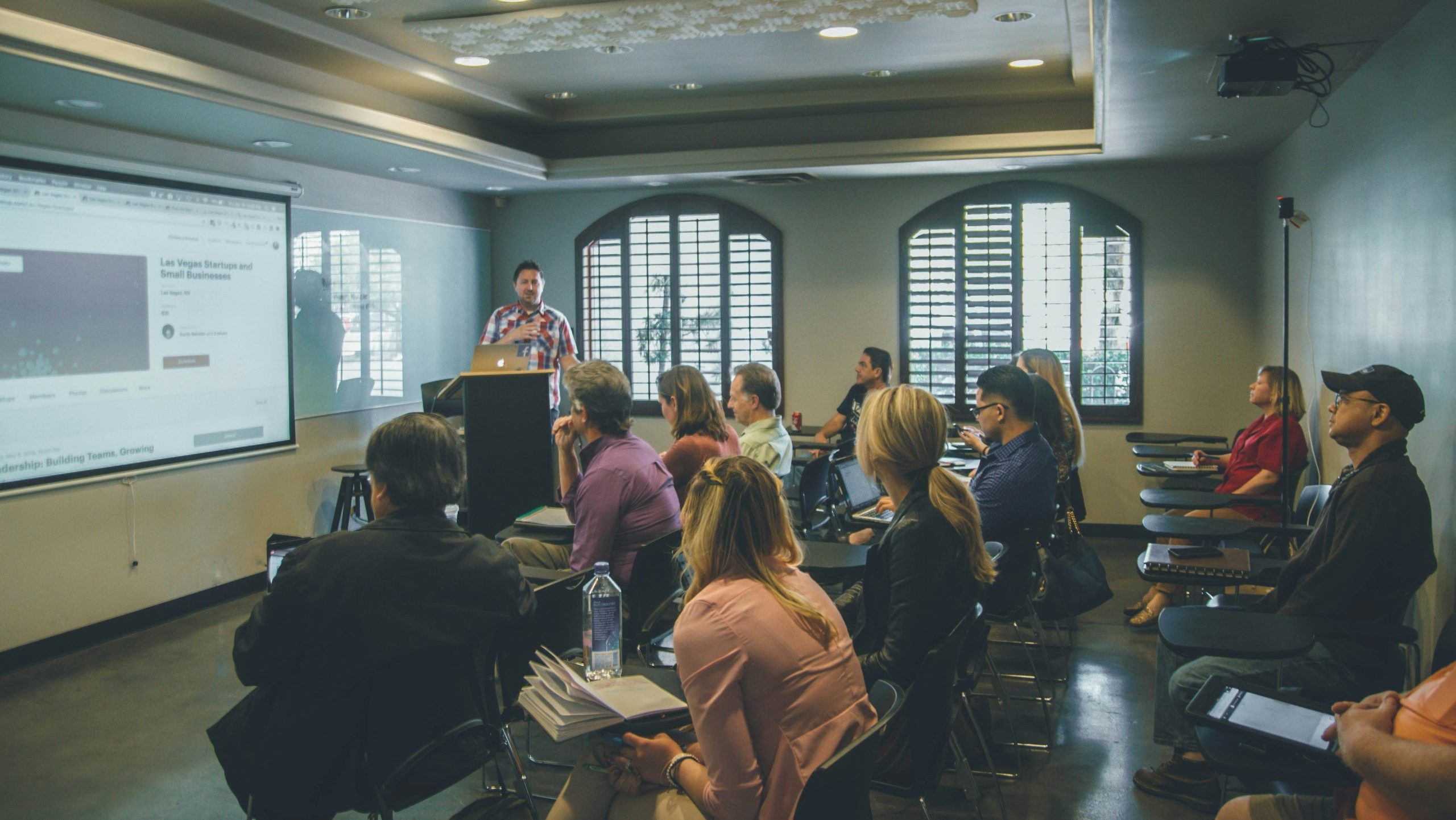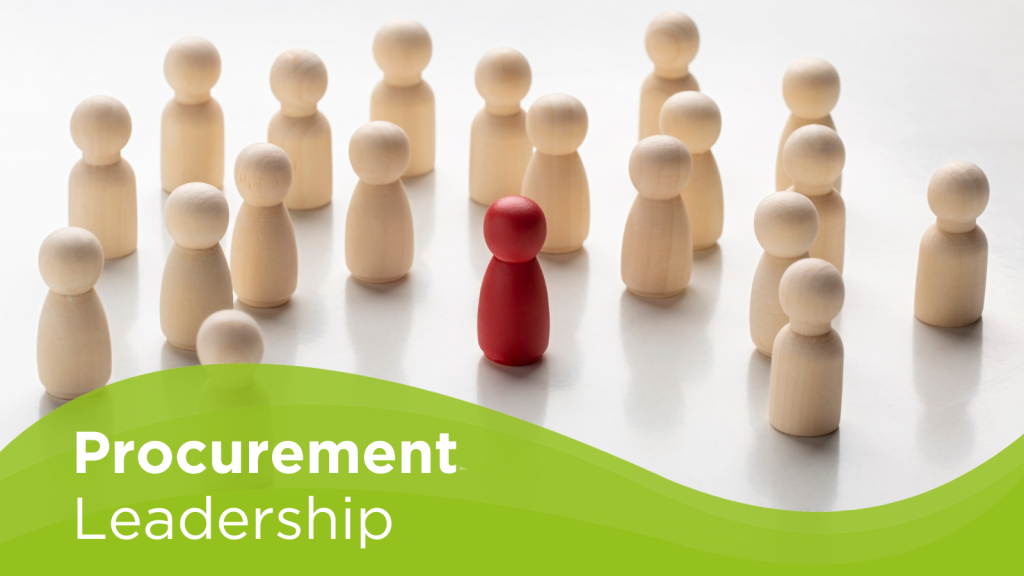Procurement has long been viewed as a transactional function—focused on sourcing, negotiating, and ensuring compliance. But as markets continue to shift under the weight of global disruption, resource constraints, and supply chain risks, procurement leaders are stepping into a more visible and strategic role.
This shift was front and center in a recent conversation with Karel Otýs, a leading procurement educator in the Czech Republic, described as “among the ten teachers of the nation in the field of procurement.” His insights reveal not only how procurement has changed, but also how professionals can adapt and thrive in this evolving landscape.
Procurement in Times of Disruption
While the pandemic was disruptive, Otýs argues that it was not the pandemic itself but “the consequences of the pandemic” that reshaped procurement. Supplier capacity shortages, volatile pricing, and resource instability have left procurement teams in a constant state of firefighting.
“Every time the market situation gets complicated, management remembers that they have a purchase department… They ask for procurement to secure resources, control prices, and manage risk. It’s a great chance for procurement to be visible and show its value to the company.”
The message is clear: challenging markets create opportunities for procurement to demonstrate its true impact.
From Transactional to Relational
One of the strongest themes in Otýs’ work is the importance of supplier relationships. In a world of limited capacity, being a preferred customer is no longer optional—it’s essential.
“It’s complex communication with suppliers. Managers are asking how to secure stability and security of the supply chain. Sometimes, it’s even the customers who have to ‘chase back’ suppliers with insufficient capacity to satisfy everyone.”
This shift from price-based negotiations to relationship-based collaboration marks a turning point for procurement strategy.
Rethinking Procurement Training
Data is also transforming supplier management. Performance monitoring used to be based on periodic reviews. Today, continuous data Otýs’ approach to training is anything but traditional. He emphasizes interactive, workshop-driven learning, designed around real-world problems procurement teams face every day.
“Buying is not math. It’s not an exact science with one correct answer. In buying, the way to the goal is always more complex. That’s why we search for solutions together.”
Instead of one-off courses, Otýs has seen a strong move toward long-term academies and tailored development programs. These programs involve pre-course diagnostics, close collaboration with leadership, and ongoing coaching sessions—ensuring that learning is directly applied in practice.
The Digitalization Imperative
Digitalization of procurement is another major theme. The rapid expansion of procurement technology has created both opportunities and challenges for organizations.
“If there’s one drawback purchasing teams have today, it’s a relatively small awareness of tools on the market that could help with automation, robotization, and digitalization.”
Otýs warns that while some companies are experimenting with digital solutions, many still underestimate the variety and value of available tools. The future lies in integrating these solutions while ensuring that human experience and judgment remain central.
The Future Procurement Professional
So, what should tomorrow’s procurement professional look like? According to Otýs, the most important skill is not just negotiation or cost management—it’s communication and visibility.
“The buyer must break his biggest flaw: the inability to sell and present his work. Procurement must prove its usefulness and move closer to the highest levels of company management.” In other words, procurement leaders must not only deliver value but also make that value visible across the organization.
Continuous Learning, Continuous Relevance
Perhaps the most powerful takeaway from Otýs’ philosophy is the recognition that procurement knowledge is never static.
“It’s not enough to go to school once, buy a book, and stop. Continuous development is necessary if we want the respect of colleagues and employees throughout our careers.”
For procurement teams, this means embracing a mindset of lifelong learning—adapting to digitalization, strengthening supplier partnerships, and building influence within the organization.
Final Thoughts
Karel Otýs’ perspective reinforces that procurement is no longer just about transactions. It’s about strategy, visibility, and resilience. In times of disruption, procurement has the chance to stand out as a value driver.
Or, as Otýs summed up best:
“Procurement today has the chance to be visible—and to prove that it really brings value to the company.”
For procurement professionals, the challenge is clear: step into the spotlight, embrace change, and lead the way in shaping resilient and future-ready supply chains.











